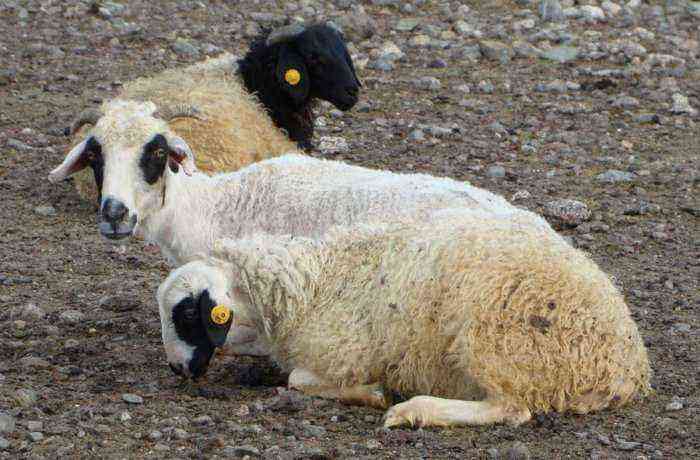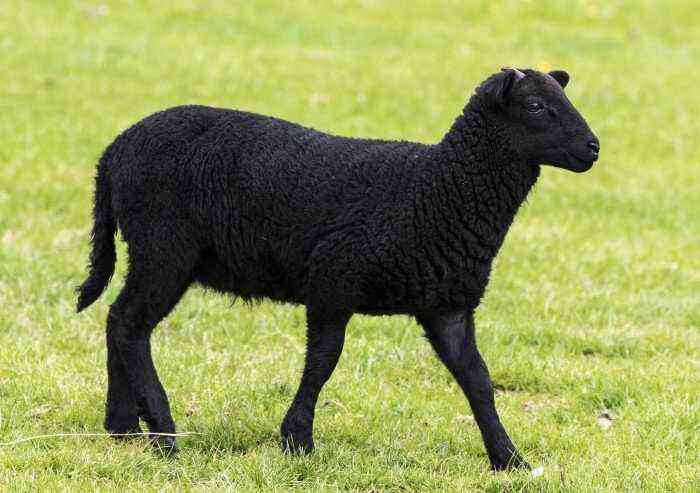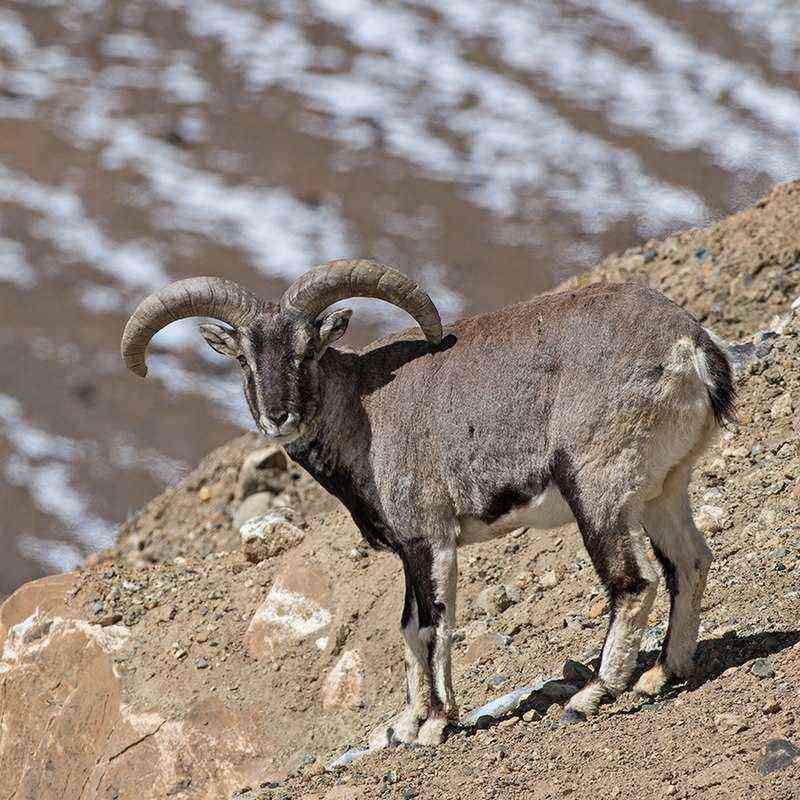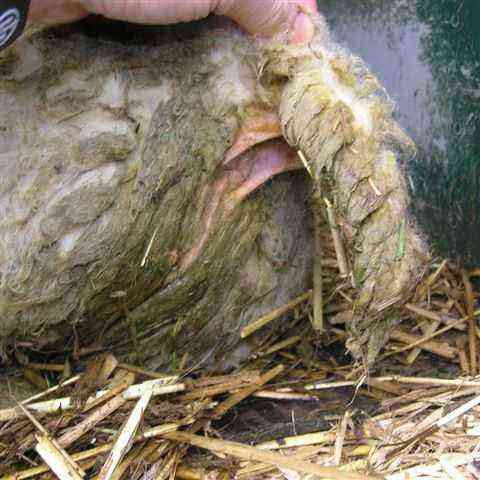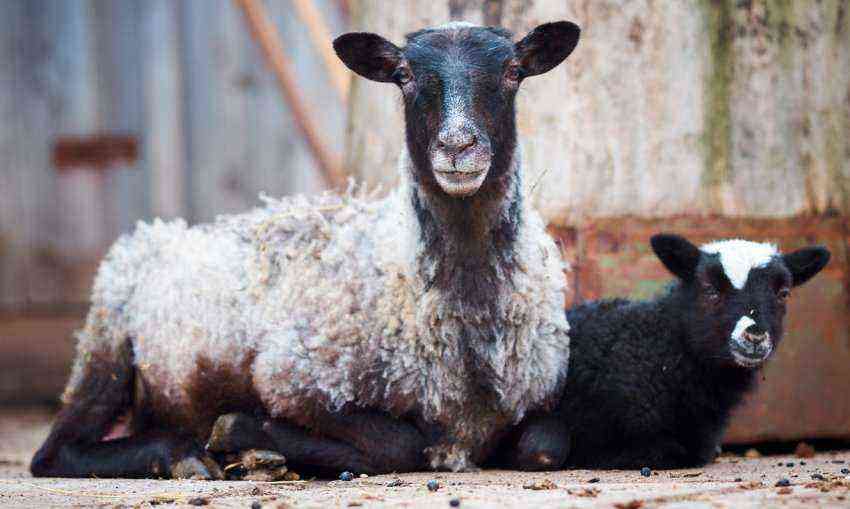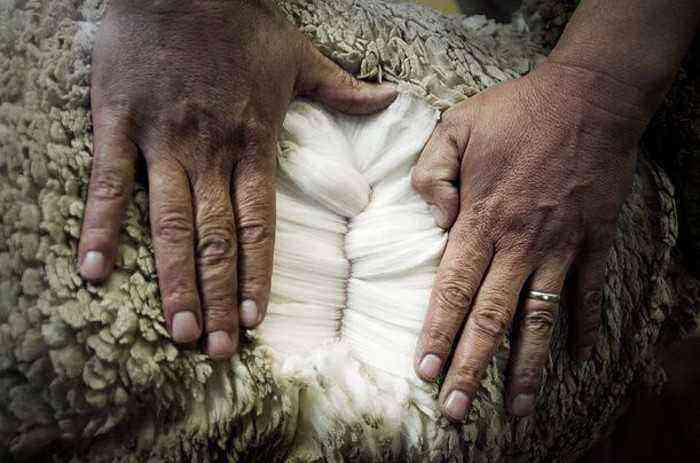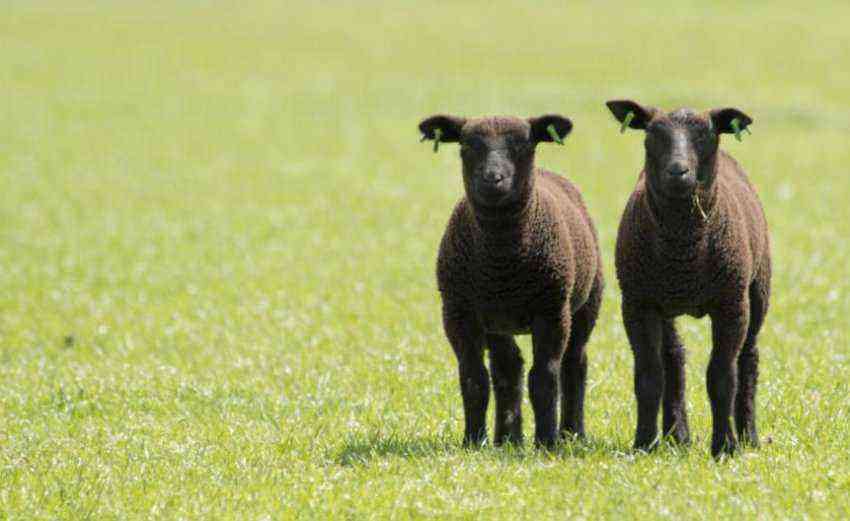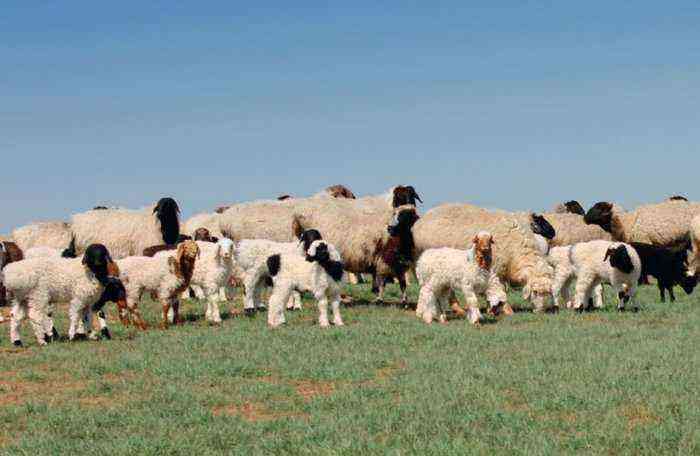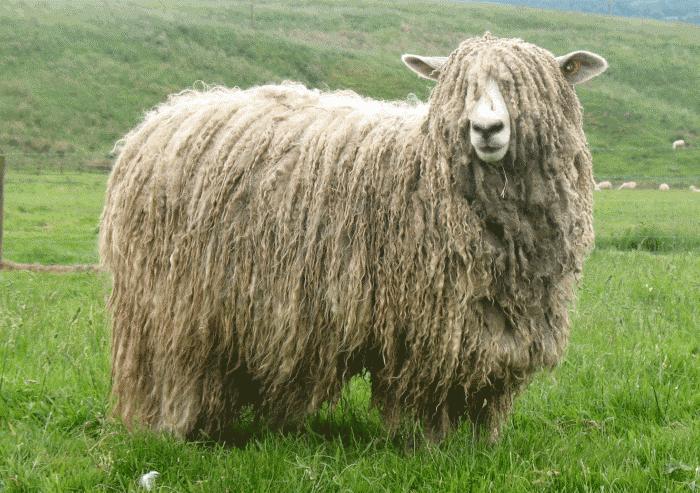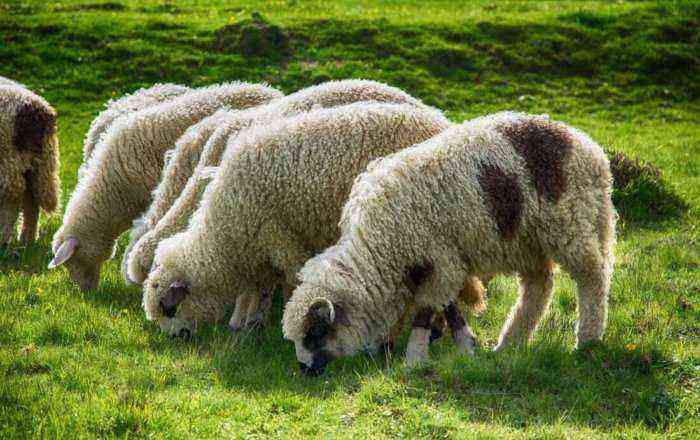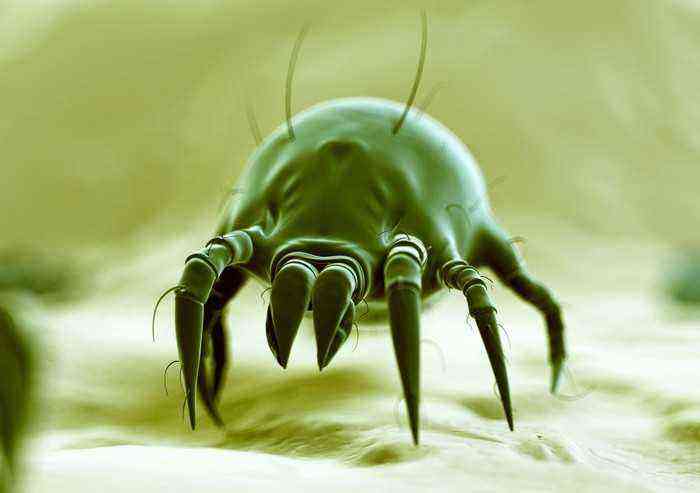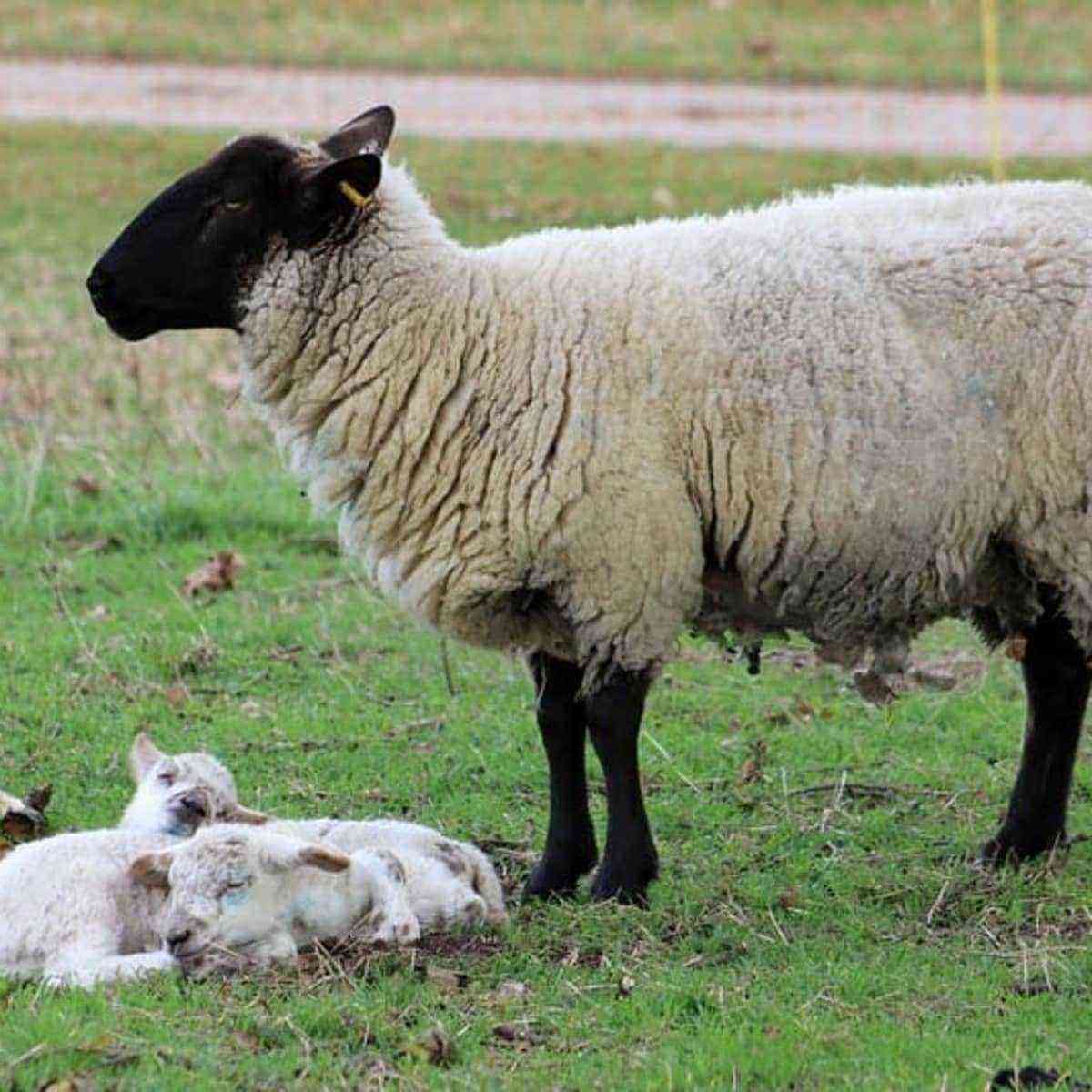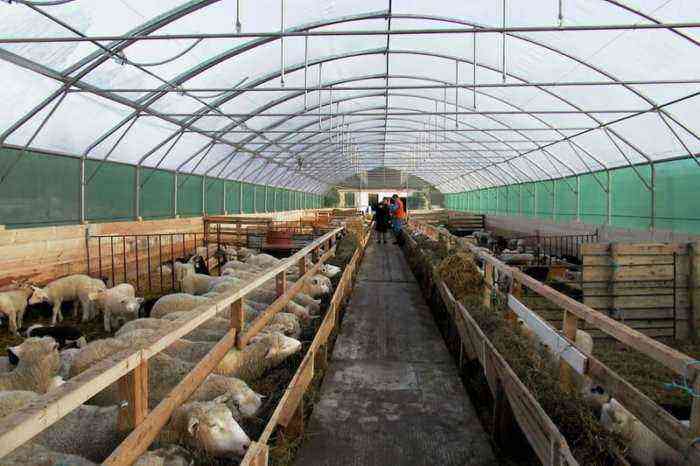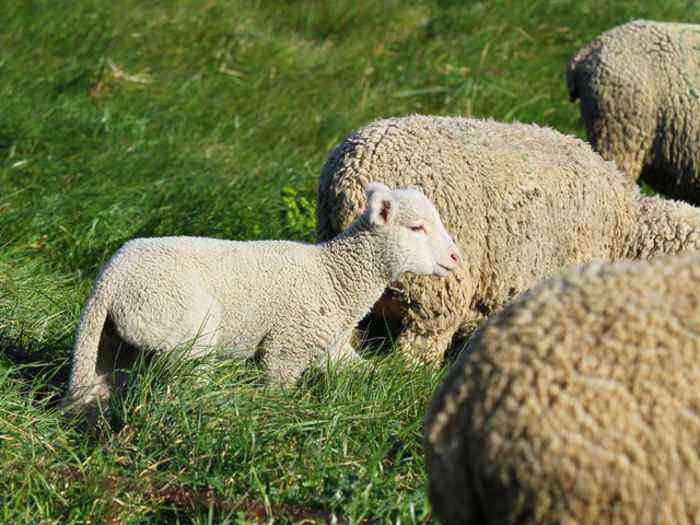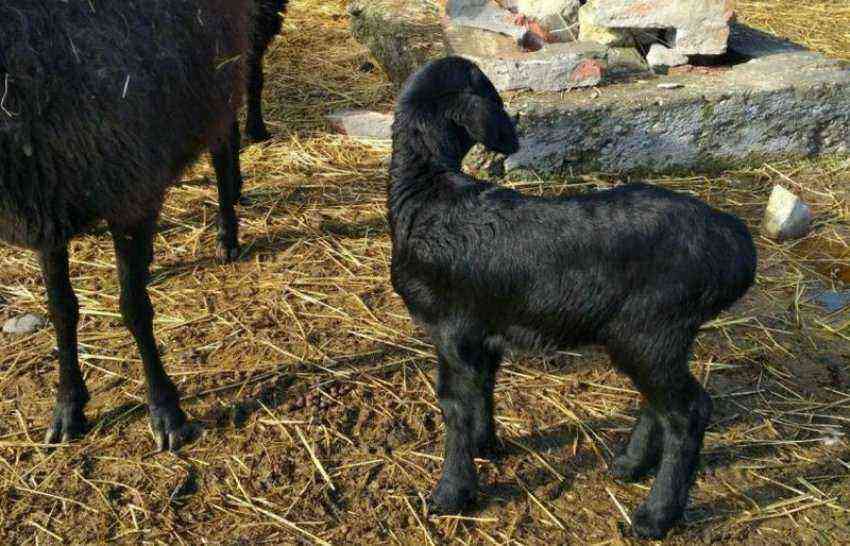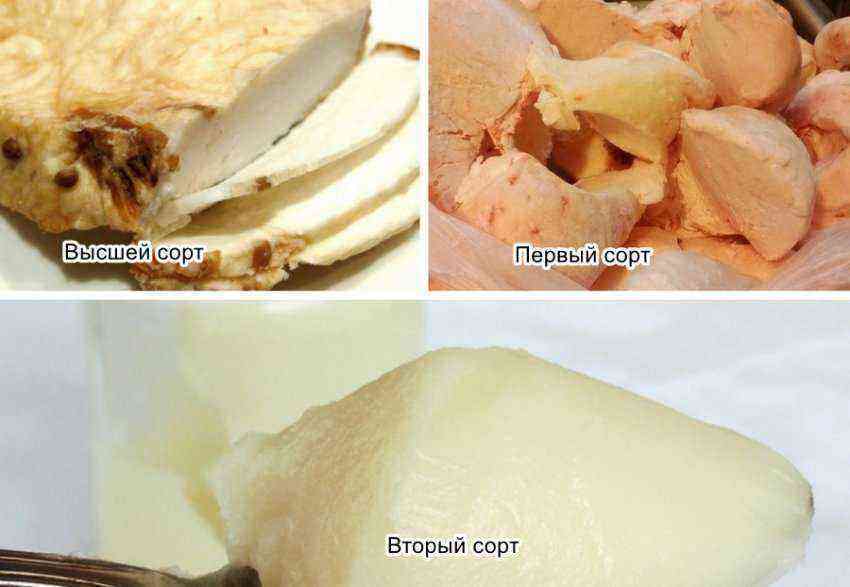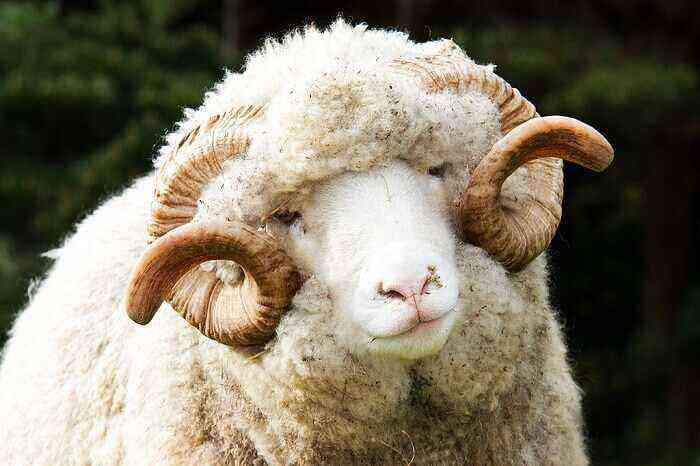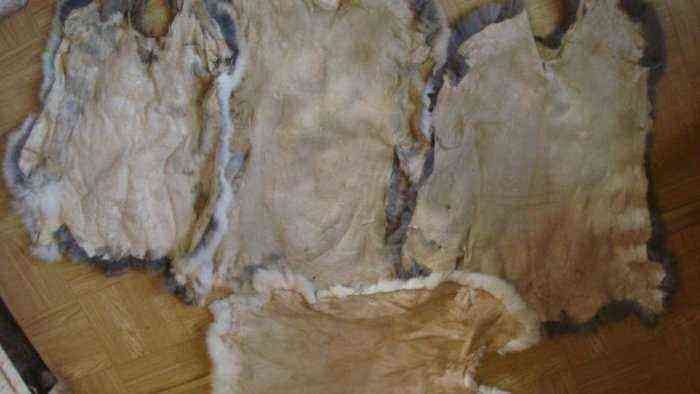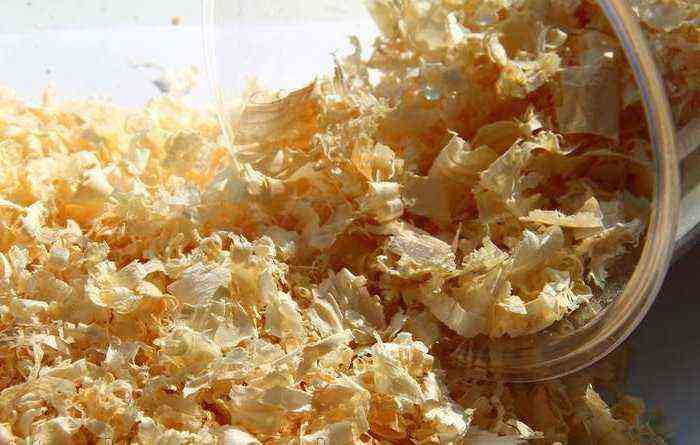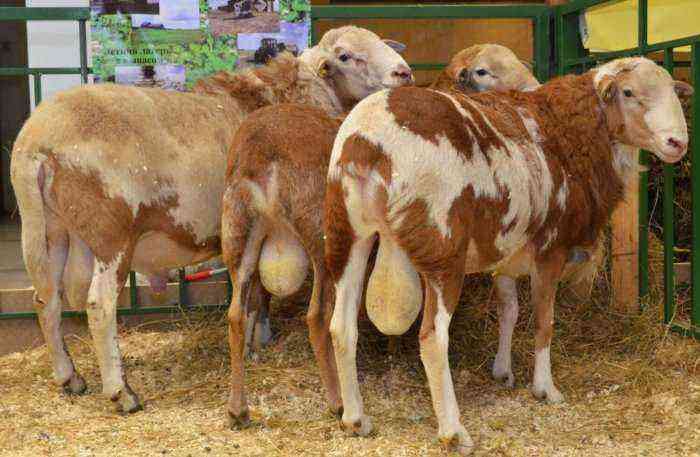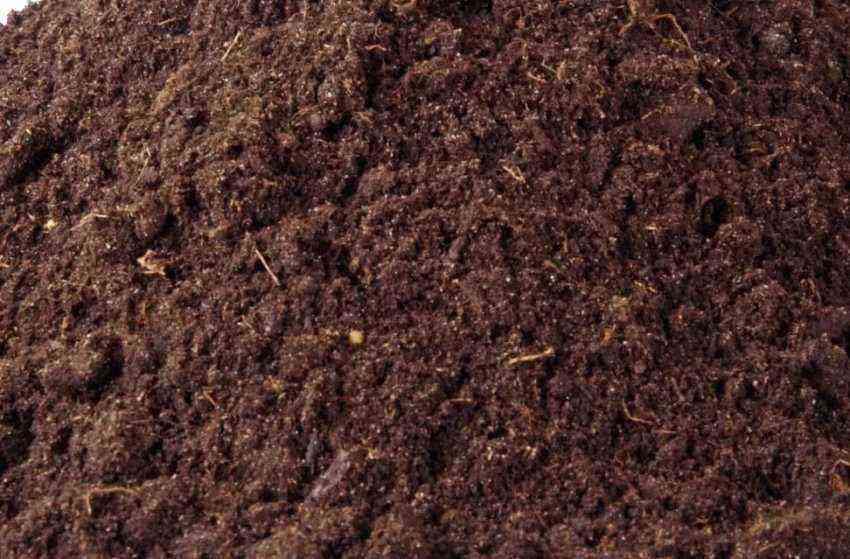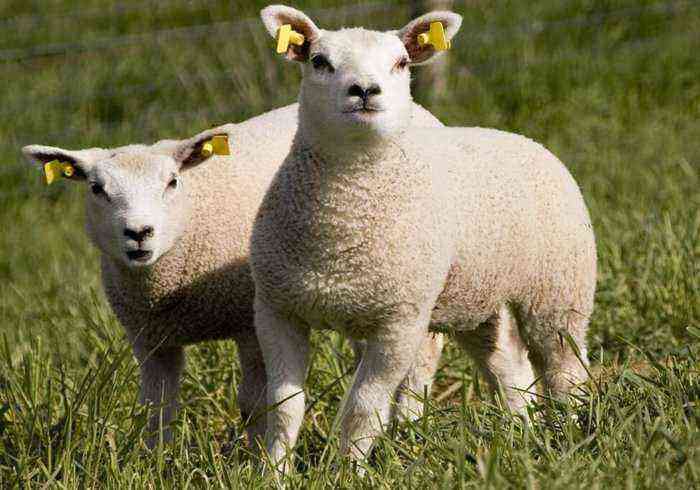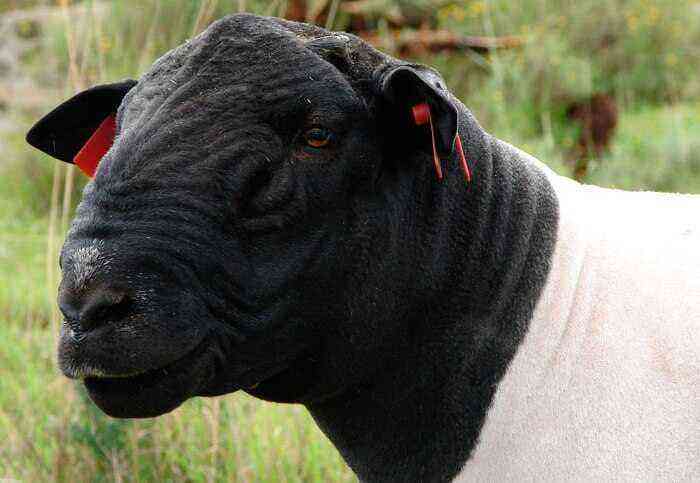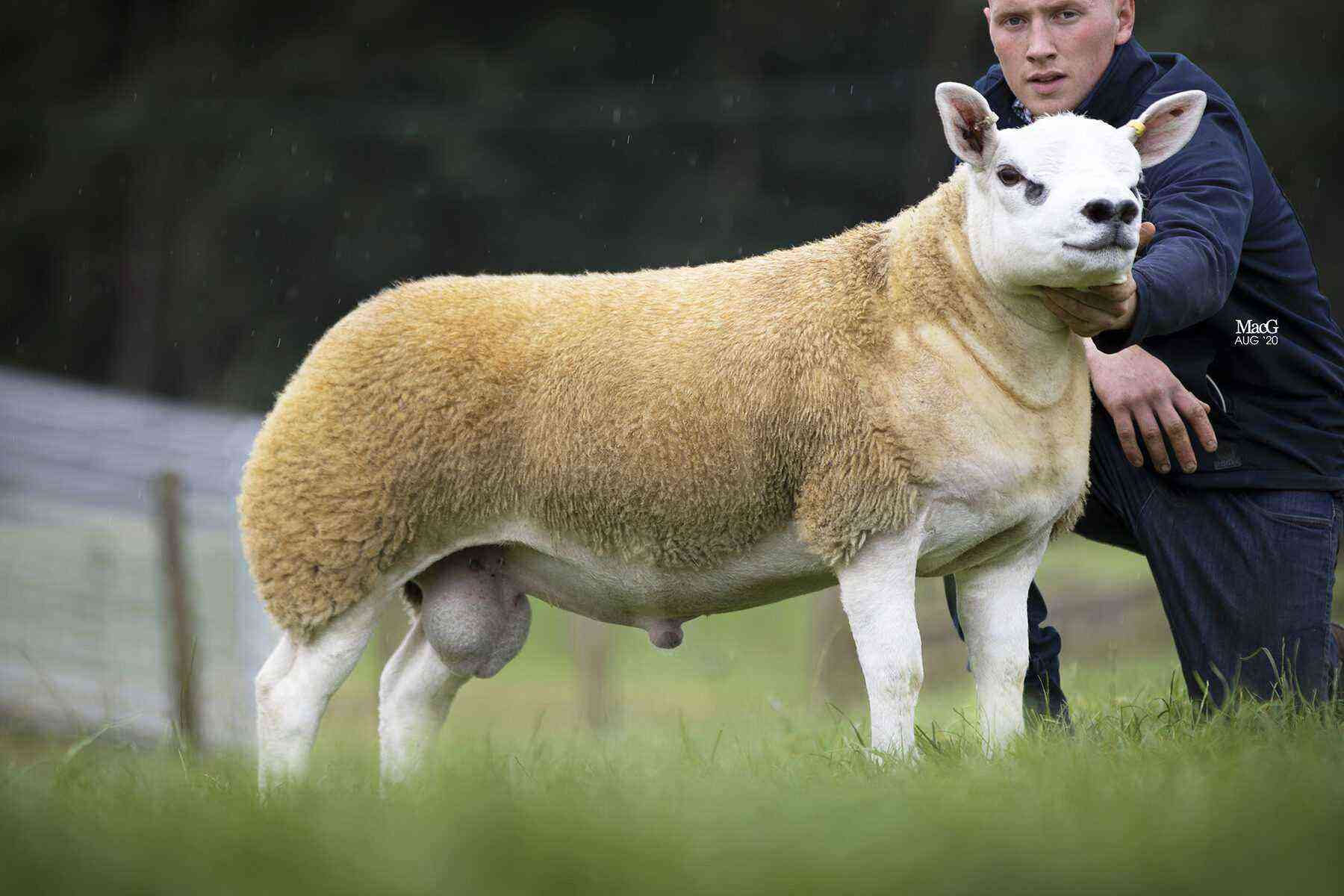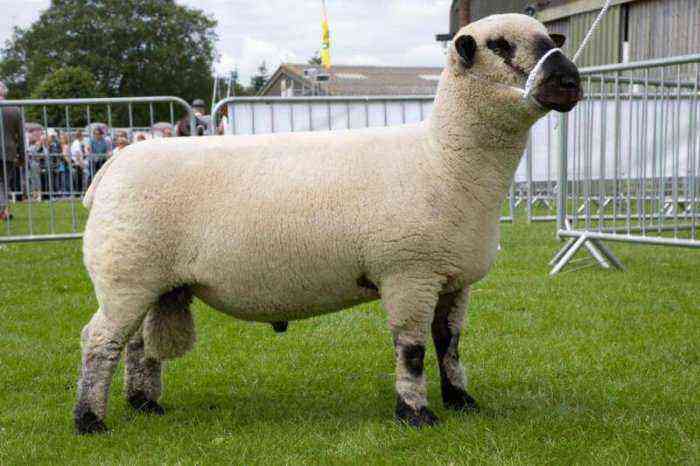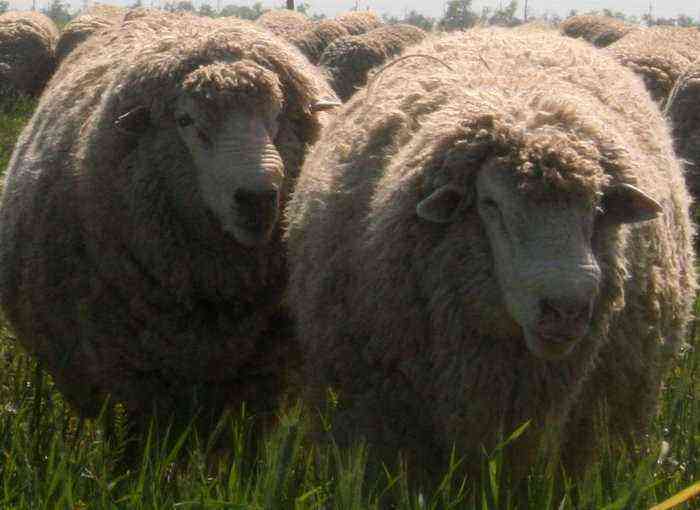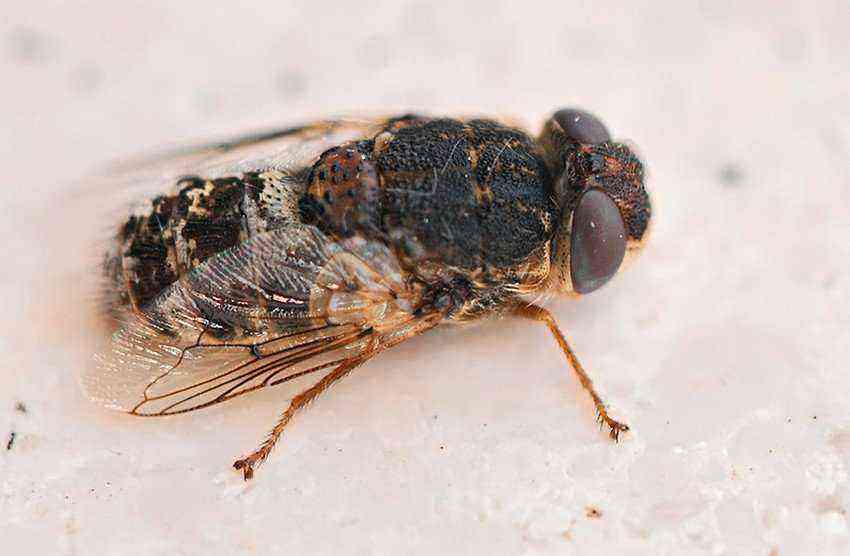Bradzot of sheep is an infectious disease, which is characterized by hemorrhagic lesions of the mucous membranes of the abomasum, as well as the duodenum. Sick animals suffer from severe intoxication, and the cells of their internal organs – the heart, kidneys and liver undergo parenchymal degeneration. The disease can cause enormous damage to the farm, so it is important to know what factors contribute to its development and how to deal with it.
The causative agent of bradzot
Causative agent
Bradzot is caused by two types of rod-shaped gram-positive spore-forming bacteria:
- chlostridium septicum;
- clostridium odimatiens.
The first species mentioned is highly toxic. In the process of life, these bacteria secrete 4 soluble substances into the animal’s body, which quickly poison it.
The causative agent of bradzot is normally present in the abomasum of sheep and goats, but does not cause harm until its mucous membrane becomes permeable. As soon as its integrity is violated, bacteria begin to multiply rapidly. The factors provoking the development of the disease are:
- errors in the nutrition of sheep – a sharp change in diet, eating frozen grass;
- poisoning;
- violation of protein metabolism;
- parasitic infections;
- hypothermia (in rare cases).
The ways of spreading the infection are different. Animals can get sick when in contact with a sick individual, but most often infection occurs in the following ways:
- when eating grass infected with bacteria;
- while drinking water from a natural reservoir.
Symptoms and course of the disease
Outbreaks of bradzot are most often recorded during a summer drought. Sheep at any age are susceptible to the disease. Veterinarians note that there are 2 forms of the disease:
- Pasture, in which adults are predominantly infected. This happens in spring or summer, when animals spend most of their time grazing.
- Stall – it is characterized by infection of young animals up to seven months of age during the stall period.
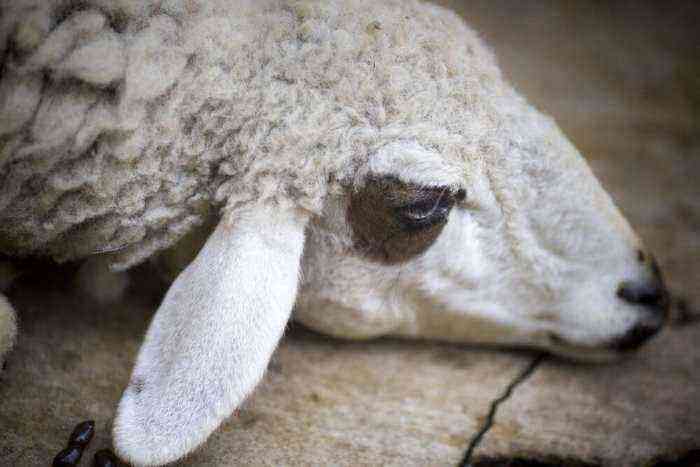
Bradzot signs
The disease in sheep can proceed in different ways. The most common fulminant course of the brain. In this case, signs of malaise can not be detected in a timely manner. Farmers come to distribute food and find the animals already dead. Sometimes they watch the picture when the sheep fall on the way to the pasture. Within half an hour they are dead.
Bradzot can also leak:
- hyperacute;
- sharp.
For the hyperacute course of the disease, the following symptoms are characteristic:
- temperature rise up to 40,5 degrees;
- loss of gum
- refusal of food;
- teeth grinding;
- secretion of fluid mixed with blood from the oral cavity and nasal passages;
- excitement, followed by a breakdown;
- jerky gait;
- frequent urination;
- bloating;
- diarrhea;
- swelling in the neck and chest.
Attention! The death of a sheep with a hyperacute course of the disease occurs after 6-10 hours.
If bradzot is acute, then the symptoms are somewhat different from those described above, and death occurs within 12-14 hours, less often in a day. In very rare cases, the sheep dies 3-5 days after the first clinical signs appear.

If bradzot is acute, death occurs within 12-14 hours
Symptoms characteristic of the acute form:
- temperature rise to 41 degrees;
- obvious anxiety and excitement – the animal rushes forward;
- refusal to eat;
- frequent urination;
- tympanum;
- swelling of the conjunctiva.
Attention! A decrease in body temperature indicates the approach of death. Shortly thereafter, the sheep falls, startling, and dies.
Diagnostics
To make an accurate diagnosis, a veterinarian must take into account epizootological data, clinical manifestations of the disease, the results of a postmortem autopsy of dead sheep, as well as bacteriological examination data. Particles of the internal organs of dead individuals are taken for analysis – tissues of the liver, duodenum and abomasum.
Attention! If bradzot is suspected, sheep carcasses should be sent for examination as soon as possible, because tissues decompose quickly.
Treatment
With bradzot, especially with a lightning-fast and super-acute course, it is impossible to help the animal, since the disease kills the sheep in a few hours. If the first signs of the disease characteristic of the acute form are found, then they immediately begin to apply:
- cephalosporin antibiotics intramuscularly – Synthomycin, Terramycin, Biomycin;
- drugs that help eliminate toxins;
- drugs that normalize cardiac activity;
- sedatives.
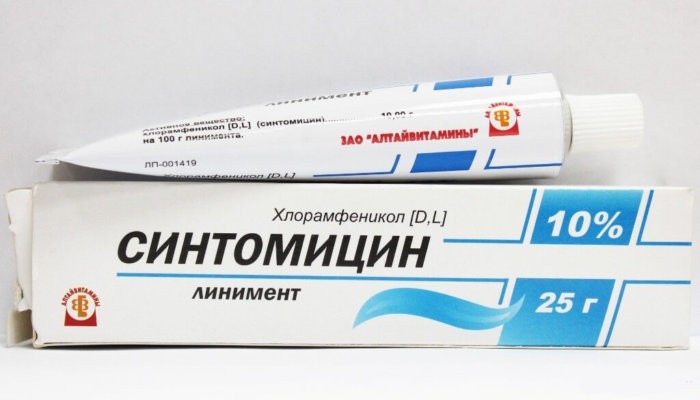
Syntomycin
Attention! The sick individual is placed in an isolation room and provided with peace. The sheep must be kept warm. It is necessary to provide constant access to water.
Prevention
Bradzot is a dangerous disease, its treatment is ineffective in most cases, so it is worth directing all your efforts to prevent an epidemic on the farm. Vaccination is a specific preventive measure.
A special polyvalent vaccine based on aluminum hydroxide against bradzot was developed back in the days of the Soviet Union. It protects sheep and lambs not only from the disease we are discussing, but also from:
- dysentery;
- enterotoxemia;
- malignant edema.
Attention! Only healthy individuals can be vaccinated. Immunity to the disease is developed 10-14 days after vaccination, after which it persists for up to six months.
The drug is injected into the muscle. The initial dose for adult sheep and rams is 2 ml. After 2 weeks, revaccination is carried out. For the second time, the animals are given an increased dose of the drug – 3 ml. Lambs aged 3-6 months are first injected with 1 ml of the substance, and during revaccination, after 14 days, 1,5 ml.
In order to prevent bradzot on the farm, it is recommended to avoid errors in feeding sheep:
- it is impossible to graze cattle during frosts;
- do not drive the flock to pastures where sick sheep grazed;
- you need to properly compose their diet;
- examine pastures for poisonous plants;
- monitor cleanliness in pens and sheepfolds – disinfect drinkers, feeders, change bedding.
Attention! It is forbidden to use meat, skins, wool and milk of sick sheep.
The farm, where cases of bradzot disease have been detected, is quarantined. Healthy individuals are immediately vaccinated and transferred to the stall content. It is recommended to improve the nutrition of these animals in order to support their immunity.
Sheep bradzot is almost impossible to treat due to its rapid progression. In rare cases, it is possible to save infected sheep, so farmers should pay attention to disease prevention. Timely vaccination will protect the livestock from mortality.
